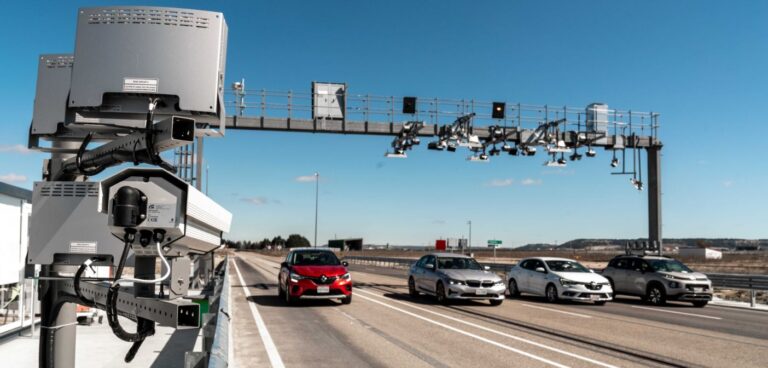Indra, a global technology engineering company for the aerospace, defence and mobility sectors, has been awarded a contract with infrastructure company Transurban in the USA to implement its solution for the automatic detection of high-occupancy vehicles (HOVs) in the I-95, I-495, and I-395 express lanes in northern Virginia.
Indra’s technology, based on artificial vision and deep learning, makes it possible to automatically detect the number of occupants in a vehicle in the express lanes. As a result, Transurban will be able to identify when the number of occupants in a vehicle is less than what the vehicle’s transponder declares.
Transurban, which develops and operates toll roads in Australia, the USA and Canada, chose Indra’s technology after making a competitive contract between several companies that implemented their systems and evaluated the accuracy of automatic detection, image quality and other factors.
As well as offering high accuracy and image readability, Indra’s solution aims to contribute to a more efficient, sustainable and fair management of highways since misuse of high occupancy three (HOV 3) declaration can reduce the operator’s ability to control traffic density through dynamic pricing.
For HOV mode misuse, Indra’s vehicle occupancy detection (VOD) system decreases the number of transactions and images that operators must review. In addition, the system is designed to make possible smart tolls, new dynamic pricing models, and city access based on vehicle type and the number of occupants.
Furthermore, Indra’s VOD system enables new advanced mobility models, which prioritise and promote public transport and HOVs, improving traffic speed, air quality and noise levels. Until now, implementation of these measures entailed their compliance with infraction detection, surveillance, and traffic controls, which made their application complex, ineffective and unreliable.





